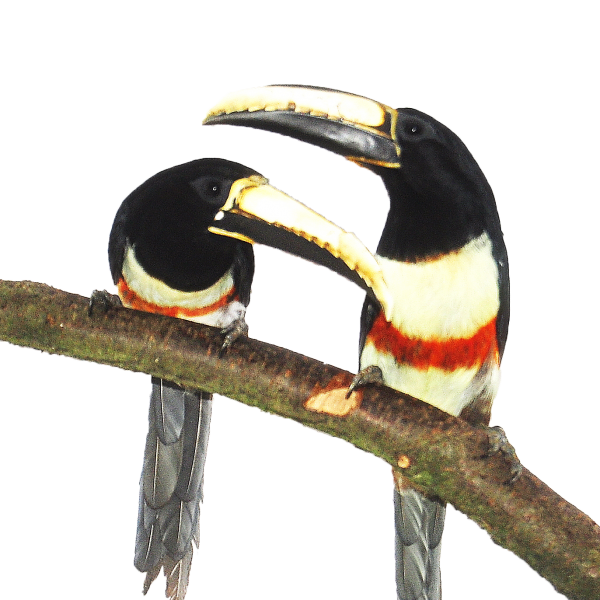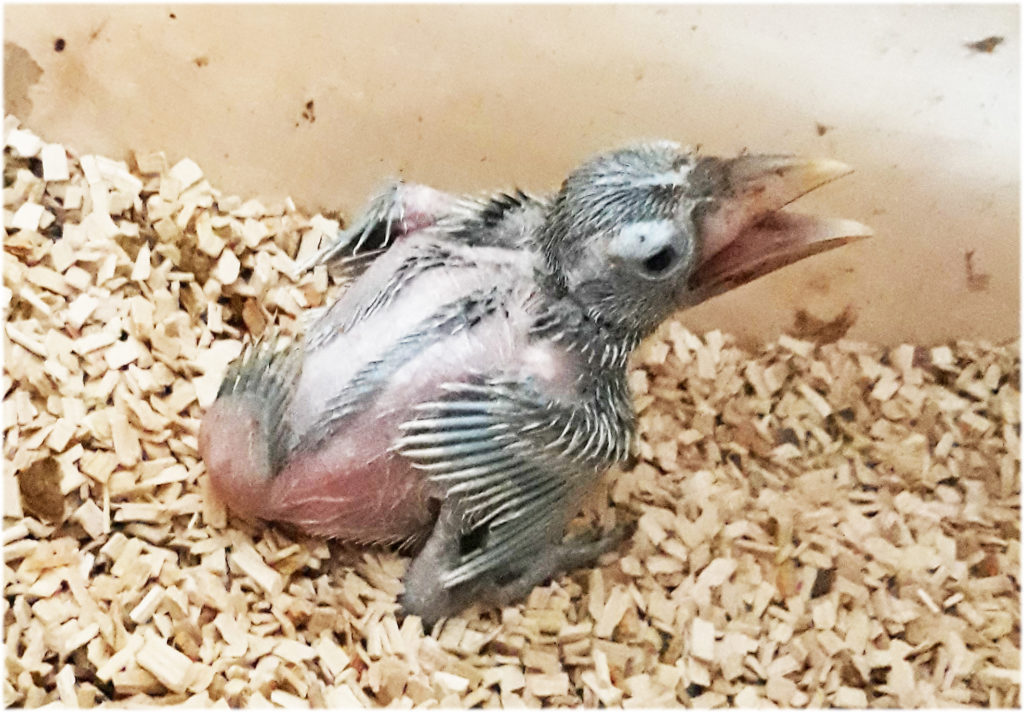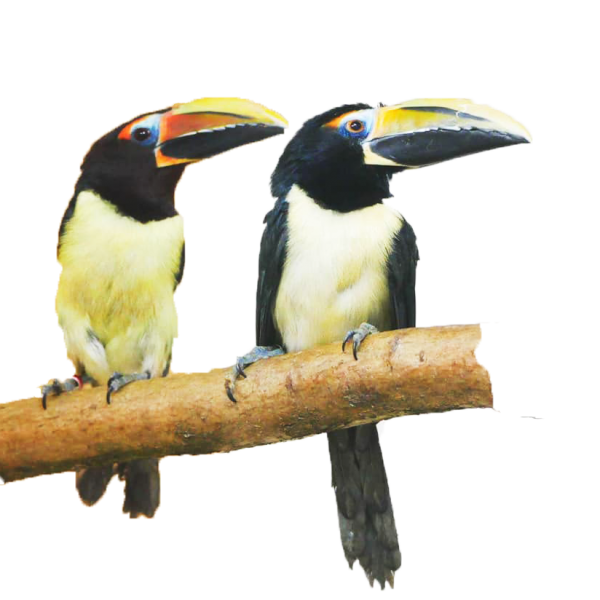BLACK-NECKED ARACARI
Pteroglossus aracari
They are found mainly in South America: Brazil, Guyana, Venezuela.
OCCURRENCE

SIZE
Body length 30–48 cm
GENDER DIFFERENCES
In males, the beak is sometimes slightly larger. Besides, DNA tests should be done.
FOOd
The main food is fruits such as: melons, apples, pears, grapes, blueberries, papaya, watermelon. As a source of protein, wood-eater larvae, mealworm, and mouse pups. Breeders use wholesome food in the form of granules.
breeding
The nests of these birds are hollows in trees. The female lays 2 to 4 eggs and incubates them for 16 days.





























